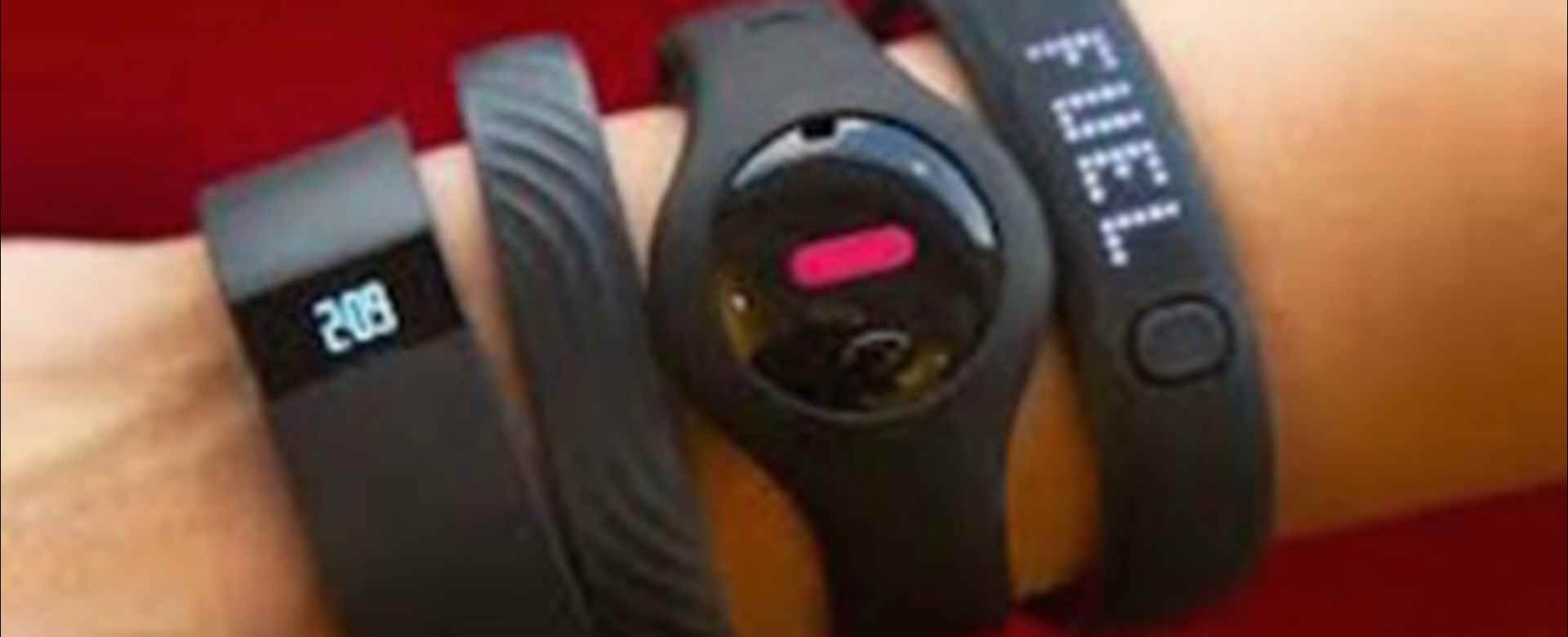One drawback of workers’ compensation is the fact that the system traditionally only comes into play after an injury has occurred. New tools in the form of wearable technology are changing the ways in which insurers can interact with workers and are bringing proactive injury-prevention measures into a previously purely reactive field. Experts are excited about the potential for reductions in claims costs, improvements in workers’ quality of life and even a boost in productivity.
“Within the workplace, wearable technology will significantly impact employees in three ways: help prevent workplace injury, keep routine injuries from migrating into more serious problems and improve the long-term health status and independence of those who have serious injuries,” said Zack Craft, ATP, vice president of rehab solutions and complex care education at One Call Care Management in an October press release.
Wearable technology includes fitness trackers, smart watches, Google Glass, posture monitors, clothing, jewelry, hats, safety helmets and many other items that would appear right at home in a modern science fiction movie. These accessories are equipped with sensors that can record heart rate, stress level, fatigue and other metrics and are able to report the data wirelessly. Beyond being on-trend, these devices are showing themselves capable of driving improvements in workplace safety and workplace injury outcomes.
Privacy and Compliance
In the ideal scenario, the ultimate outcome of fitness technology usage should be to increase employee health and, therefore, reduce healthcare costs. As the cost of wearable technology, and fitness trackers in particular, continues to drop, and as the benefits of such tools become more accepted, the concept of employer-provided devices begins to seem pretty plausible. Employers can use the data gathered in a number of ways, including monitoring the effectiveness of their workplace wellness programs. Such monitoring, however, would have to be carried out with the users’ knowledge and permission.
Privacy is also a potential issue when it comes to wearable technology’s role in workplace injury management and reduction of claims costs. Perhaps the simplest example of the use of these new tools is their ability to provide reminder alerts for medical or rehab appointments, or to deliver daily prompts to perform recommended stretching or take medication. At the same time, this technology may also be collecting and recording data that is potentially private.
The idea is not to be looking over a patient’s shoulder, but rather to provide case managers with the information they need to keep care on track like never before – and to give patients a sense of engagement in their own recovery.
“The point is that you want to be able to use it to empower that patient, rather than as a ‘gotcha,’ ” said Kimberly George, senior vice president and senior healthcare advisor for Sedgwick Claims Management Services, in an article in Risk & Insurance.
Fitness fad or worthwhile Wellness tool?
Despite some early speed bumps showing a high user-dropout rate, the wearables industry is heating up and promises to get even hotter as technology continues to evolve. Manufacturers are developing the tweaks that will make wearables more, well, wearable. Devices are already poised to get smaller – or even “disappear” – and to become more seamlessly integrated into people’s daily lives, making them likely to increase in popularity.
According to a survey by the insurance industry research firm Strategy Meets Action, 6 percent of insurers say they are already using or experimenting with wearable technology, and 22 percent are in the process of developing a strategy regarding these tools.
As the data-gathering capabilities of wearable technology increase, we can also expect discussions about legal and regulatory issues. "Of course the legality of using data from wearable tech remains to be determined, but bringing more unbiased information and client data to the review process could be very valuable to the independent medical review (IMR) process. The more our physicians have to review, the more they can provide a thorough analysis of a patient's case and, ultimately, ensure they receive the best care possible," said Dr. Lousine Alpern, VP of Clinical Services of Advanced Medical Reviews.
Sign up for Updates:
Privacy Details
By submitting this form, you are consenting to receive marketing emails from: Advanced Medical Reviews, LLC. You can revoke your consent to receive emails at any time by using the Unsubscribe link, found at the bottom of every email.
